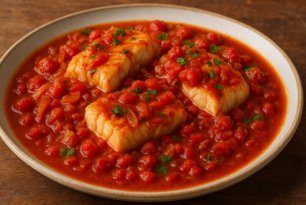The secret to the success of low-carb eating is that it avoids the spikes and high levels of blood sugar that contribute to weight gain and type 2 diabetes.
While this is not a weight-loss plan as such, as your body sugar levels begin to regulate, weight will naturally drop off.
1. Reduce or eliminate sugar and starchy carbohydrate foods.
These include: breakfast cereals, bread, pasta, white potatoes, rice, couscous, crackers, oats, oat cakes, rice cakes, cakes, biscuits, sweets, milk chocolate, fruit juice, fizzy drinks and cordials.
2. Load up with vegetables at each meal. Use non-starchy and salad vegetables to help you feel full.
3. Eat good fats. Include oily fish, olive oil, coconut oil, avocado and animal fats; they’re good for your metabolism and for helping you feel full.
Add nuts and cheese in moderation only – although they’re nutritious and tasty, they are also highly calorific.
4. Opt for fruit that is naturally low in sugar. This includes berries, apples and pears.
Choose these over high-sugar tropical fruits such as bananas, mango and pineapple.
5. Eat protein at every meal. It’s essential for all your body’s repair mechanisms and makes you feel fuller for longer.
6. Stop snacking. Fasting between meals and overnight helps to improve insulin resistance.
Aim for three good meals a day and then stop.
7. Drink four pints of water each day.




